Many sewing machines have a pressure setting that can be adjusted if needed. But it is often not used by sewists because they don’t know what to do with it. This post talks about why machines have a pressure setting. But, let me say that this is not a feature you will use on a regular basis.You do not need a pressure adjustment for most general sewing. However, when the need arises, it’s great to have it. 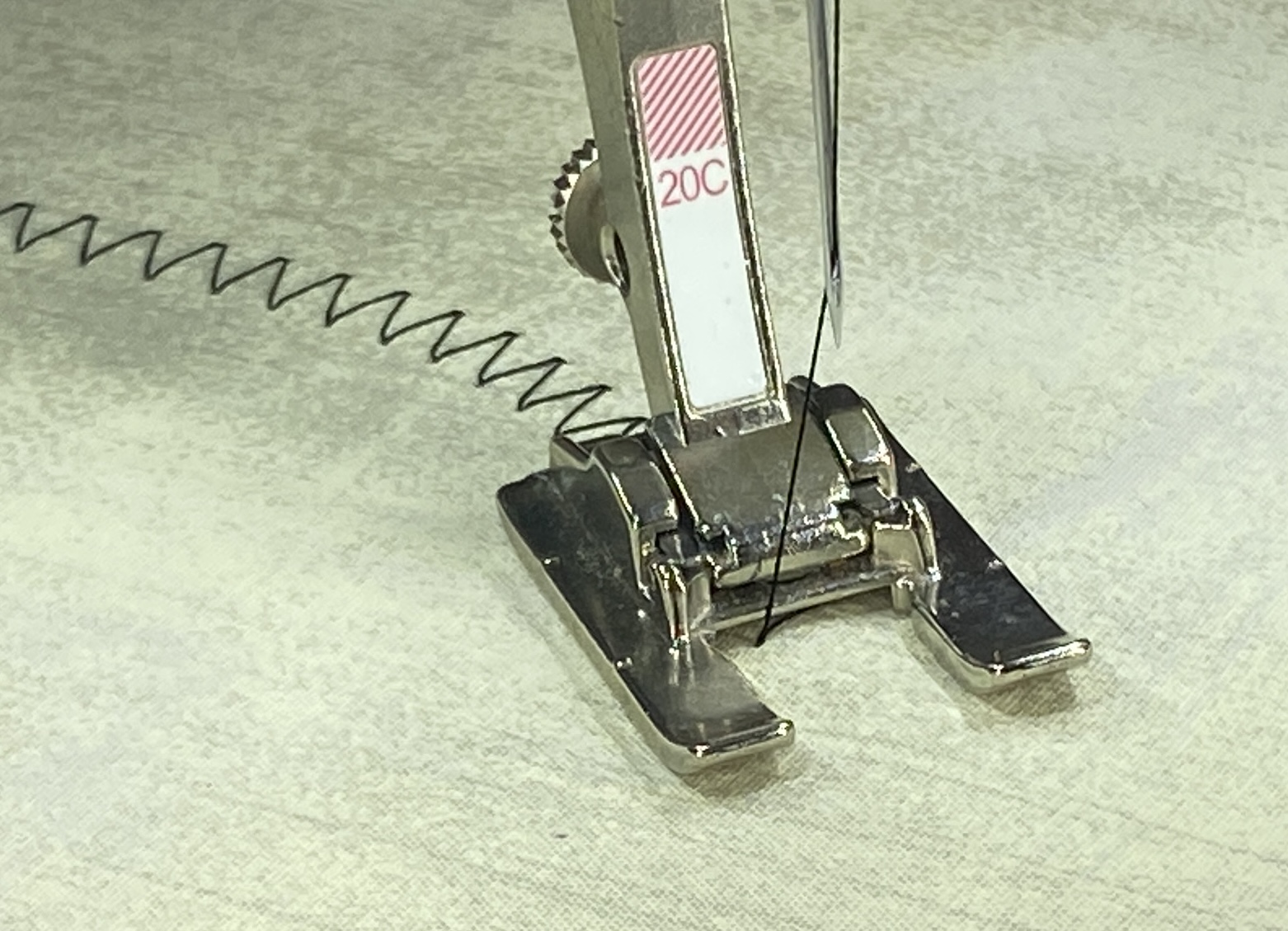 First of all, let’s talk about the reason for having a pressure setting at all. The word, pressure, refers to the amount of force the presser foot exerts on the fabric when the foot is in the down position. If there is too much pressure, it inhibits the fabric and restricts its movement, so it doesn’t feed well under the foot. If the pressure of the foot is too light, the fabric may slip and slide, again causing it to feed improperly.
First of all, let’s talk about the reason for having a pressure setting at all. The word, pressure, refers to the amount of force the presser foot exerts on the fabric when the foot is in the down position. If there is too much pressure, it inhibits the fabric and restricts its movement, so it doesn’t feed well under the foot. If the pressure of the foot is too light, the fabric may slip and slide, again causing it to feed improperly.
How to Adjust the Pressure
There are basically two ways to make a pressure adjustment, depending on the make and model of your machine. Your owner’s manual will have the instructions for your specific machine. Each machine has a standard pressure setting that works for most medium-weight, smooth fabrics. This setting varies from brand to brand and sometimes from model to model. Typically, you need to adjust the pressure because you are stitching fabrics that are at the outer ends of the weight spectrum, either heavier or lighter than average fabrics. Some machines have a dial that is usually on the top of the machine above the needle or on the end of the machine head. If you have a computerized machine with a screen on the front of the machine, most likely you’ll find an icon on the screen that controls the pressure setting. You may have number settings, in which case, the higher numbers tighten, and the lower numbers loosen the setting. Other machines may have graphics such as rectangles or circles. A move toward a larger image increases the pressure and adjusting toward the smaller ones loosens it. Keep reading to see three of the most common sewing situations where you may need to adjust the pressure setting on your machine.
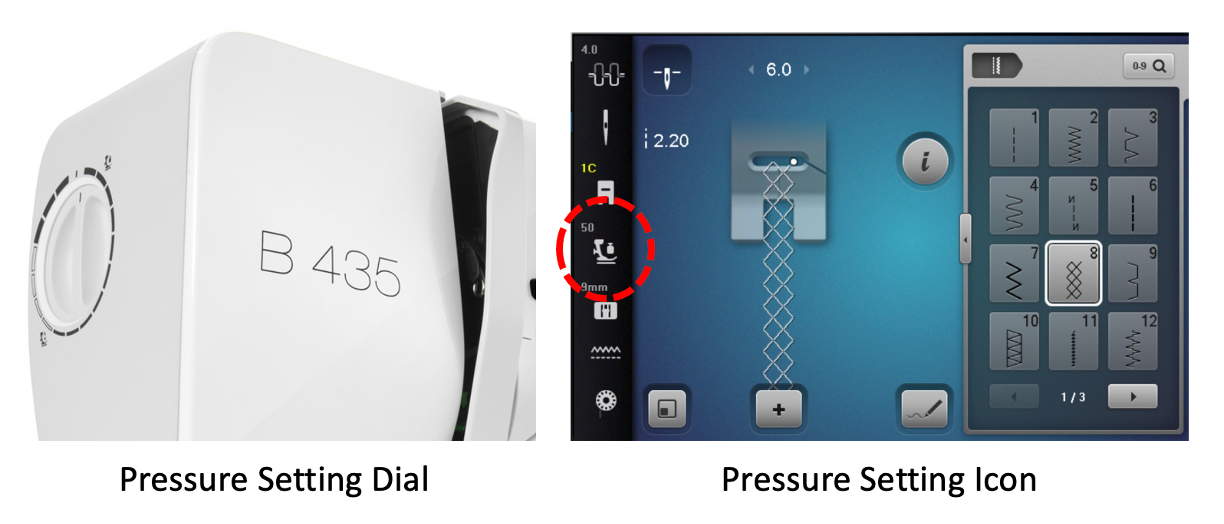 Heavy Fabric
Heavy Fabric
Thick, bulky, or heavily textured fabrics may need a pressure adjustment to help the fabric move smoothly under the foot. If the pressure is too high, the foot may be “pushing” the fabric instead of skimming over it. A quick adjustment to a lighter pressure can resolve the feeding issue. Also, when stitching through the layers of a quilt, you may find that a slightly lighter pressure makes it easier to manage the feeding of the quilt. In the photo below, I am using a roller foot on a heavily textured upholstery fabric. What I want you to notice is the fabric in front of the presser foot. It may be hard to see in a photograph but the fabric is not flat. There is a little “hill” of fabric because the presser foot has been pushing the fabric as I was sewing. This is because the foot is exerting too much pressure on the fabric as it moves. Another result of too much pressure on any fabric (not just heavy ones) is a shortened stitch length. If the machine is taking tiny, short stitches instead of the stitch length you have set, this could be because the high pressure of the foot is holding the fabric back, causing it to move more slowly as you sew.
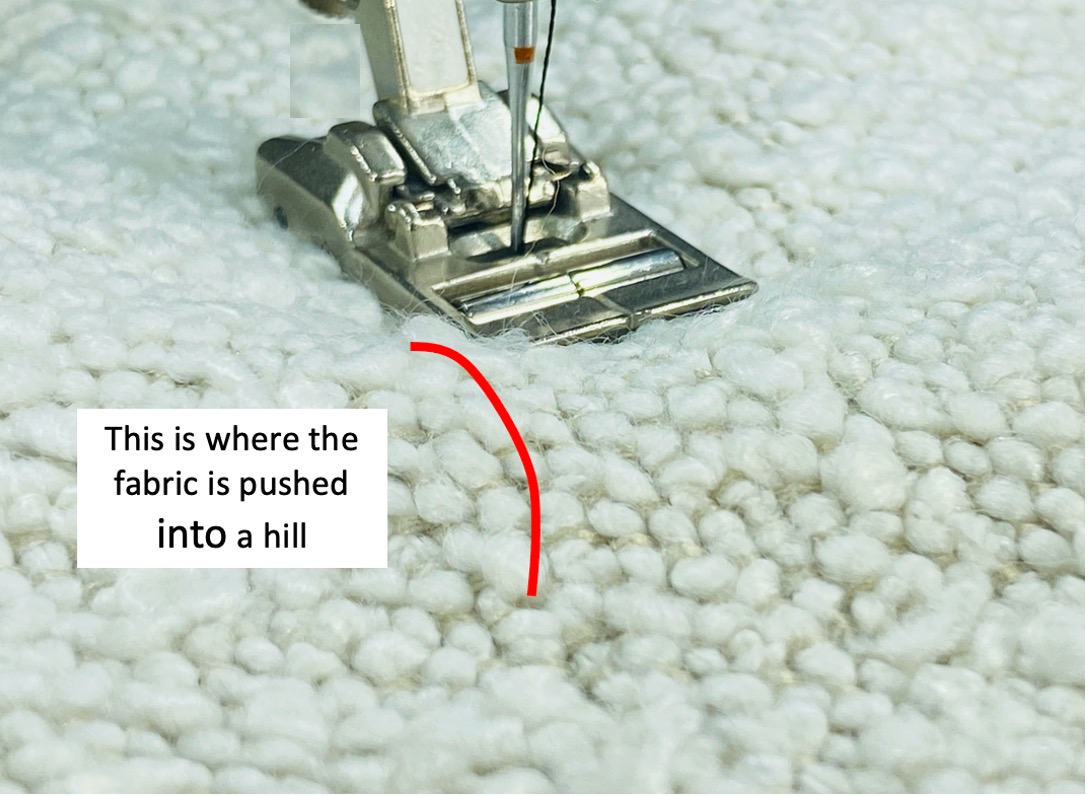
Lightweight Fabric
Sheer fabrics such as chiffon, organdy, and tricot may present a situation where the fabric does not stay in place. It moves from side to side as you stitch. Adjusting to a higher pressure setting may help the foot hold the fabric in place, letting you get the fabric under control. You may find the same issues when you work with soft, slippery fabric such as satin, taffeta, and China silk. These can also be resolved with a heavier presser foot pressure.
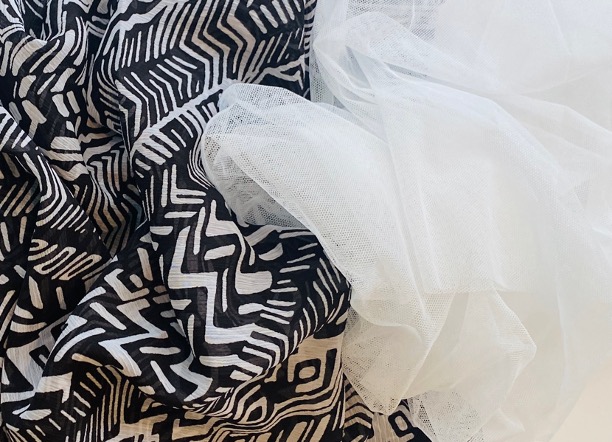
Patchwork Piecing
When you piece a quilt block, you are usually sewing with 100% quilting cotton. This is a firmly woven, medium weight fabric that is typically easy to sew. However, because you are working so close to the raw edges when stitching small patches with narrow (1/4”) seam allowances, the fabric may sway from side to side as you sew, making the seam allowances inconsistent. Increasing the pressure of the foot can make the fabric behave so you can stitch straight.
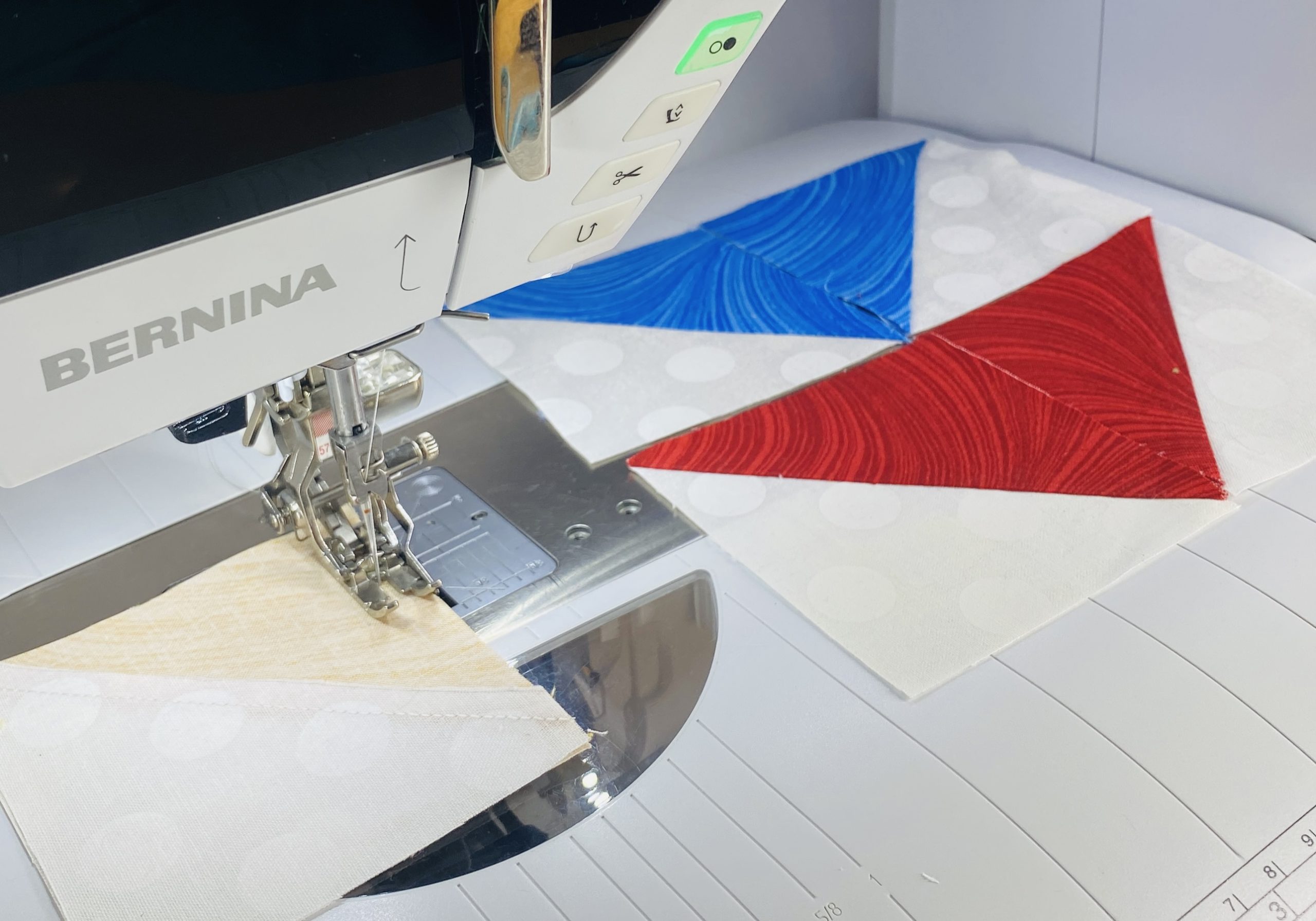
So, even though you may not use the pressure adjustment on a regular basis. It’s good to know why and how to use it. As I said at the beginning of this post, if you run into a sewing situation where you need a pressure adjust, you’ll be glad you know how to use it.



Thank you. I have always had very little understanding of the presser and how to adjust!
Hi Dar –
You are not alone. Many sewers don’t know how and when to adjust the presser foot pressure. Glad you like my explanation of it!
Susan
Thank you for this information. I recently had a situation where I was trying to zig zag the edges of appliqué on some quilt blocks but the foot pressure was too high and the result was thread tangles on the back of the quilt block. Reducing the foot pressure helped….
Hi Lynn –
Glad the pressure info was useful to you. I think it is one of the least understood function on the sewing machine. It’s easy to use but only if you know how and when to use it.
Susan
This is great information!! I just found this site on accident!! So glad I found you!! I love The Big Book of Feet!! Thank you thank you!
God Bless
Hi Susan –
I’m glad you found me, too! Make sure you subscribe to my newsletter for more feet info.
Thanks,
Susan
Hi ladies,
I have a Bernina sewing machine best purchase ever. But not using it to the full potential .
Thank you for the pressure foot info.
Hi Marilyn –
Your welcome! I agree about BERNINA machines! They do a lot so there’s always something new to learn and fun to discover.
Thanks for your support,
Susan
Susan…thank you so much for explaining pressure foot adjustment so perfectly! I knew these issues were due to pressure but I had the ‘more & less’ pressure reversed. I really needed your expertise! Thank you again.
Hi Mary –
You are welcome. I think presser foot pressure is overlooked because it is not understood. Glad I could help!
Thanks for your support,
Susan
Thank you so much for that explanation! This info saved the day!
Your welcome – glad it helped you!
Susan
How about when using a walking foot? I’m thinking that I have seen that push in front of my walking foot when going across a quilt sandwich and am wondering if lowering the pressure would work with that foot too? Any advice?
Hi Kathy –
You are thinking correctly. Even though the walking foot “walks” across the fabric layers, there is a limit to the thickness/layers that can easily move under it. Decreasing the pressure (lower number) may help it move more smoothly. Try it and see – good luck!
Susan